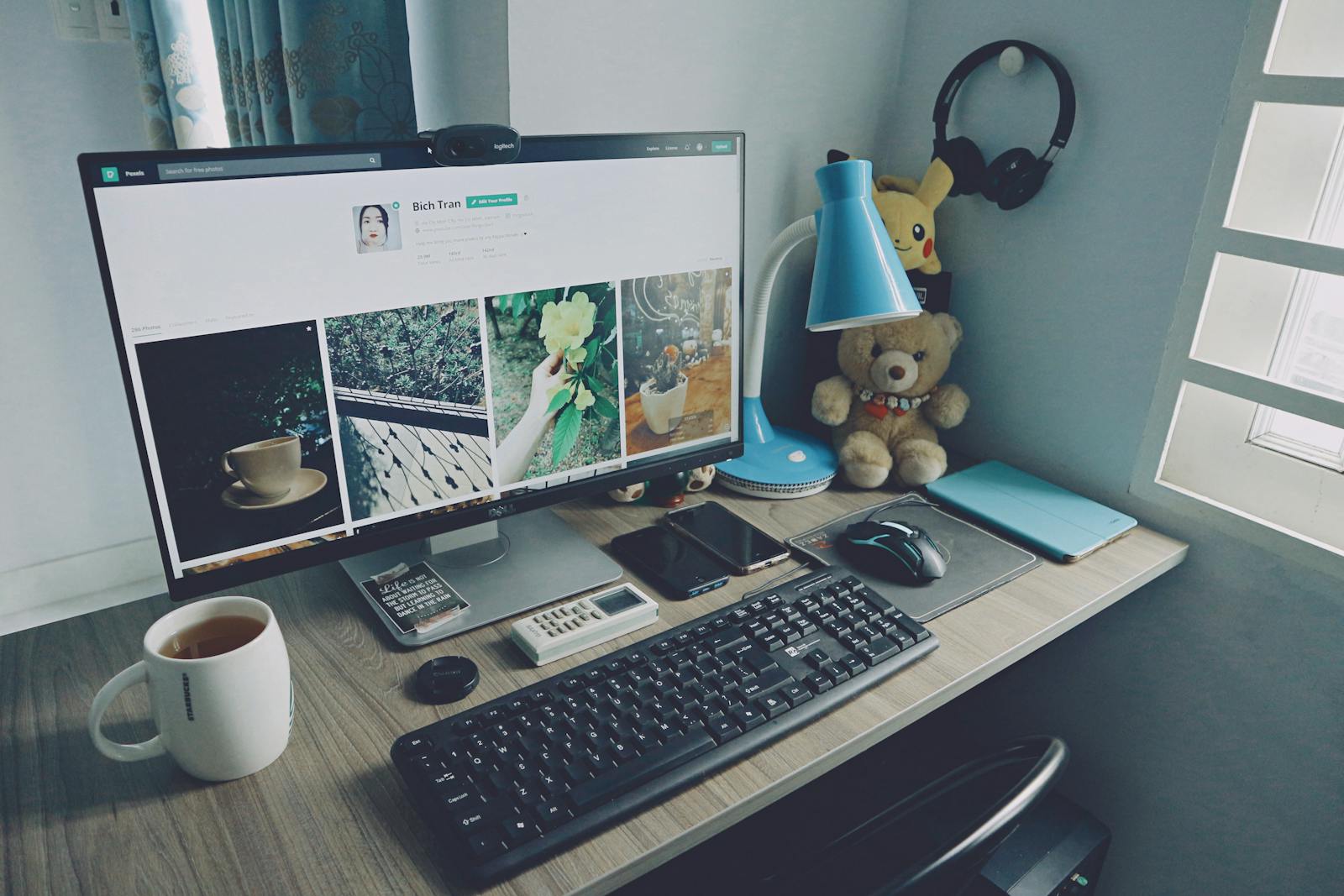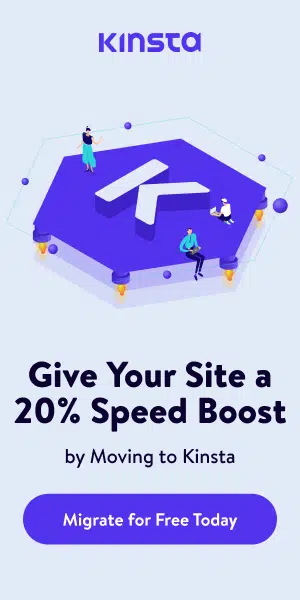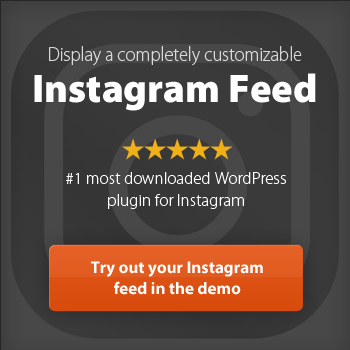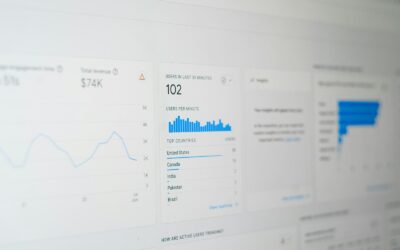Creating a personal website is one of the most impactful steps any creative professional can take to refine their brand, showcase their skills, and establish a professional online presence.
Whether you’re a designer, writer, developer, or entrepreneur, the best personal websites are designed to impress potential recruiters and clients by allowing you to control your narrative, stand out in your field, and attract potential clients or employers.
In this blog, we’ll explore 10 inspiring personal website ideas, offer tips for designing impactful pages, and provide actionable insights into creating a website that reflects your unique personality and goals.
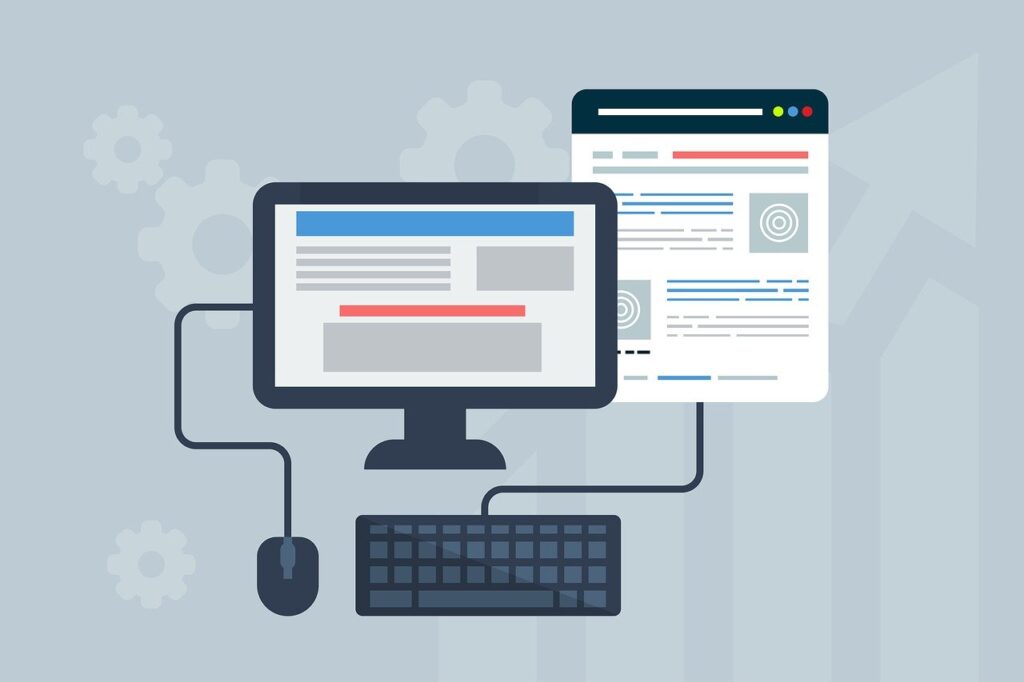
Why You Need a Personal Website
If you’ve been contemplating creating your own website, here are three compelling reasons why it’s worth considering as a platform for showcasing creativity and professional identity:
1. Establish an Online Presence
Your personal website acts as your digital “home base,” bringing together everything about you in one place. Unlike social media platforms, which can come and go, your website gives you complete control over how you're perceived online.
2. Showcase Your Skills and Expertise
Potential clients or employers often turn to personal websites to learn more about a person's capabilities. Whether you're an artist curating a portfolio or a business coach showcasing testimonials, your site demonstrates your value at first glance.
Looking for an experienced Wordpress Development company?
3. Build Your Personal Brand
Your personal website cultivates a unique and memorable web presence—complete with your style, tone, and values. Defining your personal brand through your website helps you stand out in a saturated market.

Benefits of Having a Personal Website
A personal website isn’t just a digital luxury—it’s a necessity for anyone who wants to optimize their professional or creative career. Here’s how it can help:
A one-page website offers a streamlined approach to web design, making it particularly effective for personal sites, portfolios, and event promotions.
- Improved SEO Visibility
With a well-designed, SEO-optimized site, search engines are more likely to surface your page when relevant searches are made. Search engine optimization is vital for any personal site and not just on one page, the whole website!
- Enhanced Credibility and Trust
Your professional website positions you as a serious creator or entrepreneur, helping potential clients trust your expertise.
- A Competitive Edge
A personal website gives you an advantage over industry peers who rely solely on resumes or LinkedIn profiles.

1. Improve Search Engine Optimization (SEO)
Improving Search Engine Optimization (SEO) is crucial for increasing the visibility of your personal website. By optimizing your website for search engines, you can increase the chances of your website appearing in search results, driving more traffic to your site, and attracting potential clients. Here are some tips to improve SEO for your personal website:
- Use relevant keywords in your website’s content, meta tags, and titles.
- Optimize your website’s images by adding alt tags and descriptive text.
- Use header tags (H1, H2, H3, etc.) to structure your content and highlight important keywords.
- Create high-quality, engaging, and informative content that adds value to your audience.
- Use internal linking to help search engines understand your website’s structure and content.
- Regularly update your website with fresh and relevant content to improve search engine rankings.
2. Increase Credibility and Trust
A personal website can help increase credibility and trust with potential clients and employers. By showcasing your skills, experience, and achievements, you can demonstrate your expertise and build trust with your audience. Here are some tips to increase credibility and trust on your personal website:
- Use a professional design and layout that reflects your personal brand.
- Showcase your achievements and successes through case studies, testimonials, and awards.
- Highlight your skills and experience through a clear and concise about page.
- Use high-quality images and graphics to add visual appeal to your website.
- Regularly update your website with fresh and relevant content to demonstrate your expertise and commitment to your field.

Types of Personal Websites
Your personal website should reflect your goals, profession, and interests. One page websites are an excellent choice due to their simplicity, user engagement, and mobile-friendliness. Here are a few inspiring options to consider:
1. Personal Design Websites
For designers and artists, a visually stunning personal website is the ultimate portfolio. Use sections to highlight different design projects, provide case studies, and include tools like contact forms for inquiries.
2. Personal Blog Websites
If storytelling is your strength, a minimalist blog or content-focused website acts as your creative outlet. You can share opinions, personal growth journeys, travel blogs, or niche industry insights.
3. Personal Stores and Services Websites
Entrepreneurs, take note! Offer downloadable resources, services, or products through an online store. Combine this with testimonials and case studies to enrich your service-oriented site.
Explore some best personal website examples online for inspiration.

Essential Pages for a Personal Website
What makes a personal website effective? It’s not just great design—it’s about having the right pages that deliver information effectively.
1. Homepage
Your homepage sets the tone and has one job—to grab attention fast.
- Use a clear headline summarizing who you are or what you do (e.g., “Crafting Timeless Design for Modern Brands”).
- Pair headlines with strong visuals—a black background or brand colors can create contrast.
- Include a CTA in the top right corner inviting action, such as “Hire Me” or “Read My Blog.”
2. About Page
Your “About Me” page lets site visitors understand who you are beyond your work.
- Include a short bio, your story, or key personal achievements.
- Humanize your page with a high-quality image or video.
- Keep things concise; aim for a perfect balance between professionalism and reliability.
3. Service or Product Landing Page
A dedicated page for services or products helps you clearly outline what you offer.
- Optimize for search engines with sharp headlines like “Expert Web Design Services.”
- Visual elements such as icons or diagrams make your content engaging.
- End with social proof—testimonials, FAQs, or client logos.
Make sure navigation bars guide users logically to these pages.

Designing a Compelling Personal Website
Here are a few tips for enhancing your web design:
- Use a Cohesive Color Scheme
Leverage color psychology to create the right mood—ideal for reflecting your unique personality and personal brand.
- Integrate High-Quality Design Elements
Images, icons, and graphics should be sharp and relevant to your brand. Use tools like Canva or millions of free graphics libraries.
- Make Navigation User-Friendly
Logical sections keep new clients on the same page with your content rather than increasing their bounce rate.
- Opt for a Mobile-Friendly Layout
Select a website template optimized for all devices for seamless browsing.
By following these principles, your website becomes more engaging and leaves a professional impression on site visitors.

Creating a Personal Website that Reflects Your Personality
Creating a personal website that reflects your personality is essential for building a strong online presence. By showcasing your unique style and personality, you can differentiate yourself from others and attract like-minded individuals. Here are some tips to create a personal website that reflects your personality:
- Use a unique and creative design that reflects your personality and style.
- Add personal touches such as photos, illustrations, or animations that showcase your personality.
- Use a conversational tone and language that reflects your personality and voice.
- Showcase your interests and hobbies through a blog or portfolio section.
- Use social media integration to connect with your audience and share your personality.
Use a Consistent Color Palette and Typography
Using a consistent color palette and typography is essential for creating a professional and cohesive personal website. By using a consistent design language, you can create a strong visual identity that reflects your personal brand. Here are some tips to use a consistent color palette and typography:
- Choose a limited color palette that reflects your personal brand and style.
- Use a consistent typography throughout your website, including headings, paragraphs, and links.
- Use a font that is easy to read and reflects your personal style.
- Use color and typography to create visual hierarchy and emphasize important information.
- Use a style guide to ensure consistency throughout your website.
Create a Clear Site Navigation
Creating a clear site navigation is essential for helping site visitors find what they’re looking for. By using a clear and intuitive navigation, you can improve the user experience and increase engagement. Here are some tips to create a clear site navigation:
- Use a simple and intuitive navigation menu that is easy to use.
- Use clear and descriptive labels for each navigation item.
- Use a consistent navigation structure throughout your website.
- Use breadcrumbs to help site visitors understand the hierarchy of your website.
- Use a search function to help site visitors find specific content.
Use High-Quality Images and Graphics
Using high-quality images and graphics is essential for creating a visually appealing personal website. By using high-quality visuals, you can add visual interest and create a professional-looking website. Here are some tips to use high-quality images and graphics:
- Use high-resolution images that are optimized for web use.
- Use images that are relevant to your content and add visual interest.
- Use graphics and illustrations to add visual appeal and create a unique design.
- Use images to break up text and create a clear visual hierarchy.
- Use alt tags and descriptive text to optimize images for search engines.

Growing Your Online Presence with Your Website Using Search Engine Optimization
To unlock your site's full potential:
- Publish Regular, Relevant Content
Consistency is key. If you blog or sell online products, frequent updates keep users coming back.
- Leverage Social Media Platforms
Promote your website on social platforms using shareable content like snippets or quotes.
- Build Relationships Through Newsletters
Use email forms to grow your subscriber list, sharing updates or behind-the-scenes insights.
Adding testimonials and social proof further illustrates your credibility, boosting your ability to earn new clients or followers.

Tools to Build Your Website Without Coding Knowledge
Not sure where to start? These tools make creating a personal website easy for everyone.
- Wix / Squarespace – Intuitive website builders with drag-and-drop functionality.
- Canva – A graphic design tool offering designer-made graphics for your personal blog or header images.
- Unsplash – Free professional photos perfect for travel blogs or business projects.
- Coolors – A color scheme generator to choose brand colors.
- Hotjar – Analyze data and track site functionality.
Using these resources helps you create a professionally designed site that feels accessible even for beginners.

Avoid These Common Mistakes
Here are some pitfalls to avoid when creating a personal website:
- Overloading Visitors with too much information—keep it concise.
- Skipping Clear CTAs—always guide site visitors to explore more pages or take specific actions.
- Ignoring the User Experience—don't overlook functionality when focusing on aesthetics.

Your Personal Website Is Your Online Real Estate
A personal website offers full control over your online narrative and creative presence. By investing in a platform that represents your talents with clarity and heart, you’ll attract potential clients, partners, or employers who share your vision.
Looking for step-by-step instructions to get started? Begin with a website builder tailored to your needs, use the design elements mentioned above, and create an online portfolio that aligns with your personal growth and goals.
Here's your next step:
Start building with our recommended tools—or seek professional web development services for a site that looks and performs at its best. Either way, make your unique personality shine!
Website Resources
Here are some helpful resources to guide you through creating and optimizing your personal website:
- Wix – A user-friendly website builder offering customizable templates and intuitive drag-and-drop functionality.
- Squarespace – Perfect for stunning, design-focused websites with built-in analytics and e-commerce features.
- WordPress – A highly flexible platform with extensive customization options and a vast library of plugins.
- Canva – Easily create engaging graphics and visuals to enhance the look of your website.
- Google Analytics – Track your website's performance and gain actionable insights to improve user experience.
- Unsplash – Access a wide range of high-quality, royalty-free images to make your website visually appealing.
- Yoast SEO – Optimize your website for search engines to boost visibility and attract more visitors.
- Grammarly – Ensure your website content is professional, error-free, and easy to read with this advanced writing tool.
- Hotjar – Gain insights into user behavior on your website through heatmaps and session recordings to optimize user experience.
- Mailchimp – Create and manage email campaigns to keep your audience engaged and drive traffic to your website.
- GTmetrix – Analyze your website's speed and performance, and get actionable suggestions to improve loading times.
- Figma – Collaborate on design mockups and prototypes to fine-tune your website's layout and functionality.
These additional tools and resources further expand your toolkit, providing essential features to streamline the development and management of your website. Whether it’s enhancing content quality or improving user engagement, integrating these tools can help take your website to the next level.

